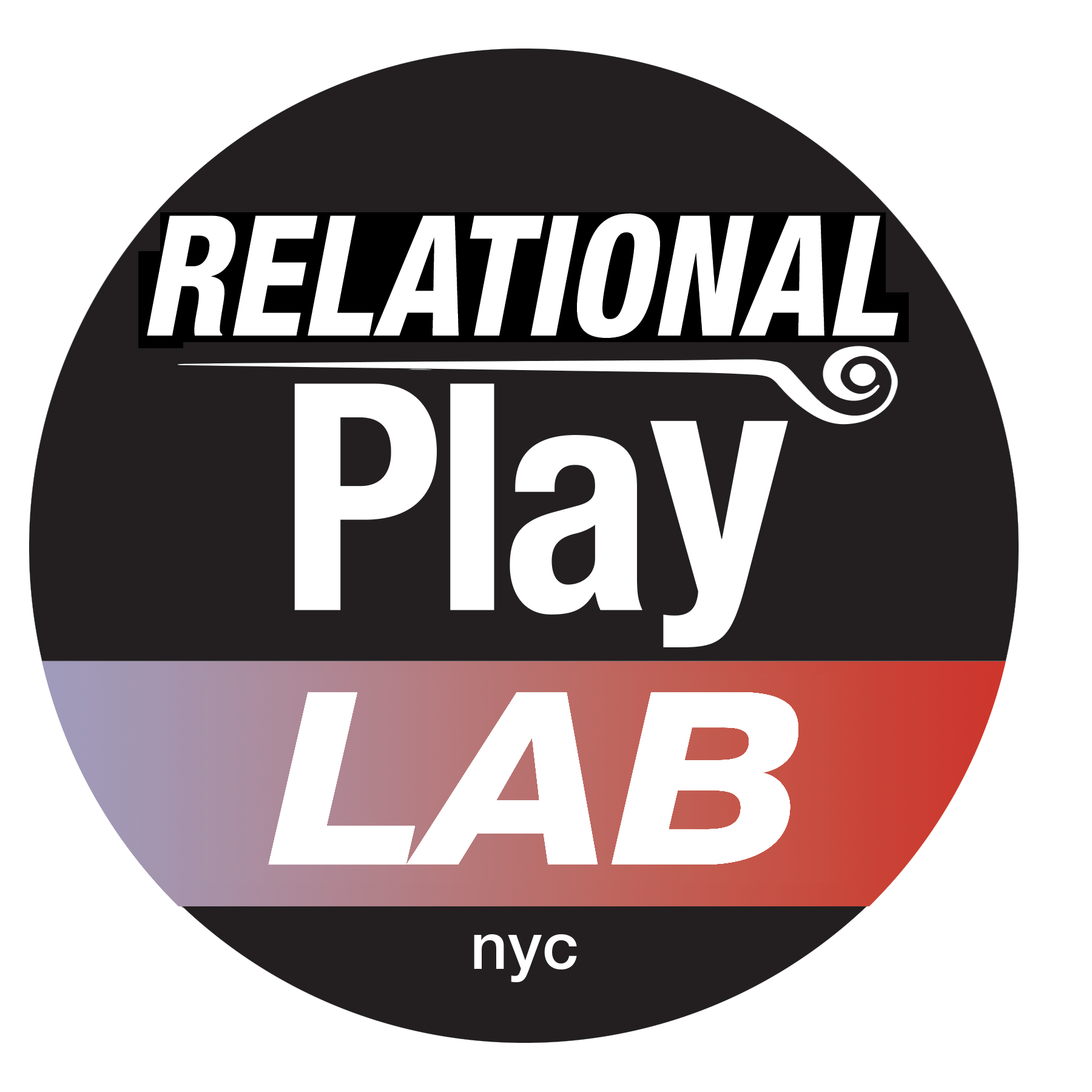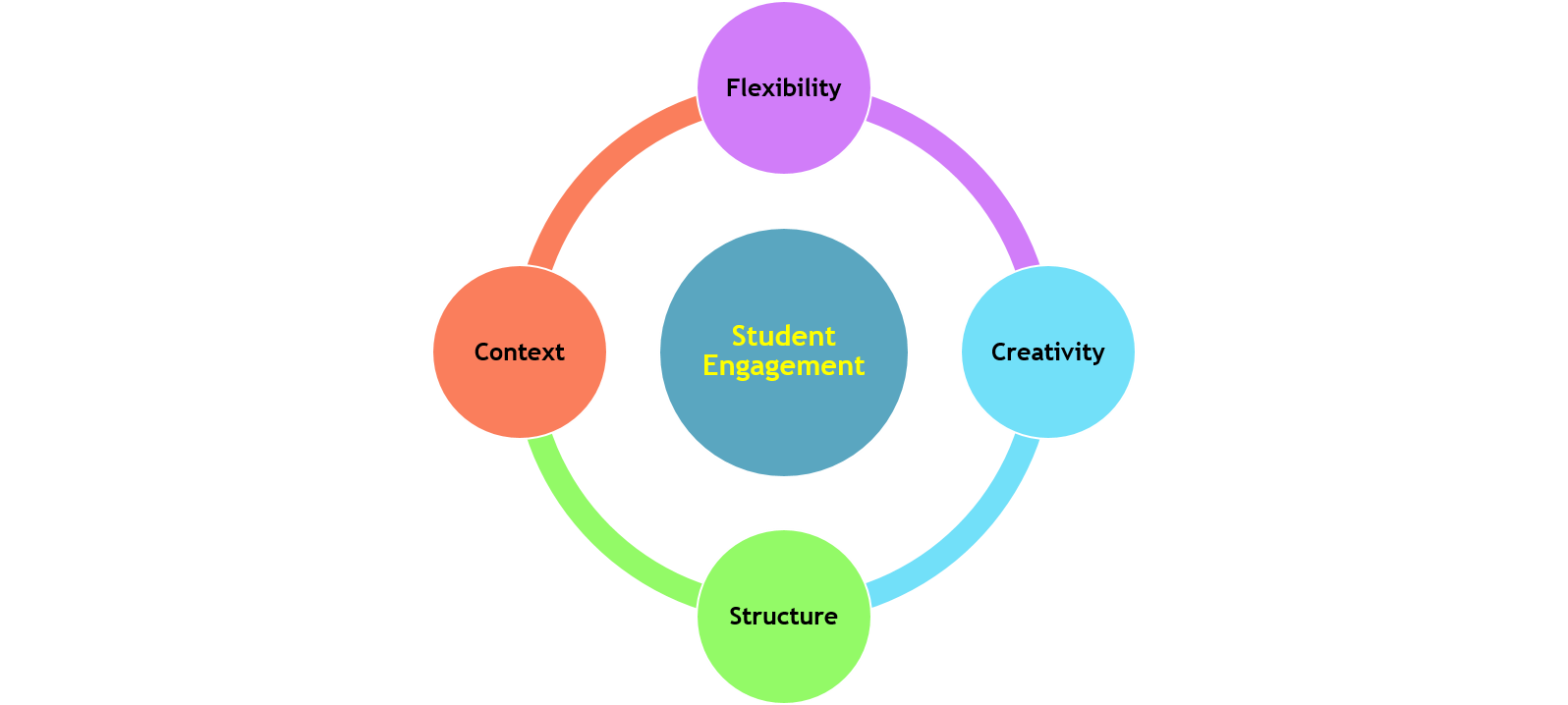“The psychologist Daniel Oppenheimer, a few years ago, teamed up with high school teachers. And he asked them to reformat the handouts that they were giving to some of their classes. So the regular handout would be formatted in something straightforward, such as Helvetica or Times New Roman. But half these classes were getting handouts that were formatted in something sort of intense, like Haettenschweiler, or something with a zesty bounce, like Comic Sans italicized. Now, these are really ugly fonts, and they’re difficult fonts to read. But at the end of the semester, students were given exams, and the students who’d been asked to read the more difficult fonts, had actually done better on their exams, in a variety of subjects. And the reason is, the difficult font had slowed them down, forced them to work a bit harder, to think a bit more about what they were reading, to interpret it … and so they learned more.” Tim Harford, TED Speaker & Author of Adapt: Why Success Always Starts With Failure
So what is the ONE small step you are taking to step outside your box? Last semester in CCL we explored a number of small activities—from flexibility to structure—we can add to our teaching to help focus on conditions for learning. Go ahead and try one of them! Doing one thing differently will make your students notice that something is different-engage them, by asking them to show-up! Create space for engagement in ways that are not focused solely on the content, assignment and/or the course, instead design interactions that are focused on connecting and relating—focused on them in relationship to each other, you and may be content!
How do I do it?
- Music: I might start a class by playing a popular song (and relate it to the subject matter or not). For example, I play Green Day’s Time of Your Life and talk about one of the following:
- What do you think this song is about? (I show the lyric version, so they can hear and see the words & I might play it again after I ask these questions.)
- How can you have the time of your life in this class or at Mercy (while working towards an A grade?)
- (I have then turn & talk to a person next to them or in a small class, call out their response. This takes 5-10 minutes to plan by attending to the design principles we encountered in liberating structures. And takes about 10 mins of class time).
- Sounds: I might start the class by playing the chiming bells on my phone for a count of three. And with every chime, as them to bring their attention to the center of the classroom. (A process that slows us down & shifts our attention to the here and now, with a direct request and space to do so. It takes less than 5 mins).
- Quotes: I might start the class with a thoughtful quote (something distinct but not necessarily directly related to the subject matter).
- Meditation: Start with a 5-minute meditation. If you practice breathing exercises or meditation in your daily life-draw on it as a way to shift student’s attention to the present moment in the class. And then ask a student-focused question, that helps everyone to learn about each other. (Depending on class size this can take 10-20 mins)
- Games: My personal favorite is an improv game called Declare Yourself. At the beginning of each semester, I do an adaptation of the Declare Yourself. (If you were at the workshops last semester, you have played this game!)
- Have the students stand in a big circle
- And one at a time, a person calls out something that applies to them while stepping into the circle.
- Others are instructed to step into the circle if the statement applies to them as well. Then they all step back. In a random order, the next person steps in and declares something about him/herself. And this continues for as long as you want to spend time on it.
- Instructions:
- Emphasize simple statement about a singular thing, eg “I love dogs”. Or “I love to read” or “I am the oldest in my family” or “I’m the first to go to college from my family”.
- Don’t seek clarification from the caller, make our own sense.
- We will go in a random order. So there is no pressure for you to go. But try to get in there and declare something shareable with others.
- Instructor’s role:
- to get the process rolling by declaring something about yourself that students are likely to step into the circle with, e.g. “I love ice cream”.
- to coach & compliment them through the process.
- Adaptation: If it is a big class or cannot move chairs around: people can remain seated, but instruct folks to turn & look at the person who is declaring something about themselves & people can “WAVE” their hands in the air [makes it fun] as a way of “stepping into the circle.” (Best done after a couple of rounds of names.)
This semester, I plan to play the Green Day song and share my framework for therapy as part of setting the stage for a class in Marriage and Family Therapy Practicum. In this class, our students have to learn to articulate their theoretical frameworks in clinical practice.
How do you plan to take leadership for engagement?
Teachers are leaders within an educational institution. Though we might not have a formal administrative position, no educational institution can run without its leaders-the teachers. All of the administrative resources are to serve the primary purpose of teaching and learning. And each of us as teachers are servant leaders. We serve the community of learners. And our first task is to engage our primary stakeholders–our students. How do you plan to engage them?
One of the CCL faculty participants, I ran into today, was thinking of passion and her values and how to ask the students about “what is student engagement for them?”
How about you? What is your small step towards student engagement? Tell us how you are thinking about student engagement this semester. Please share, so we can learn from each other.
To view Tim Harford’s view on How messy problems can inspire creativity click the link. (Later this semester we will focus on context and creativity in the classroom!)
Have a great semester!


